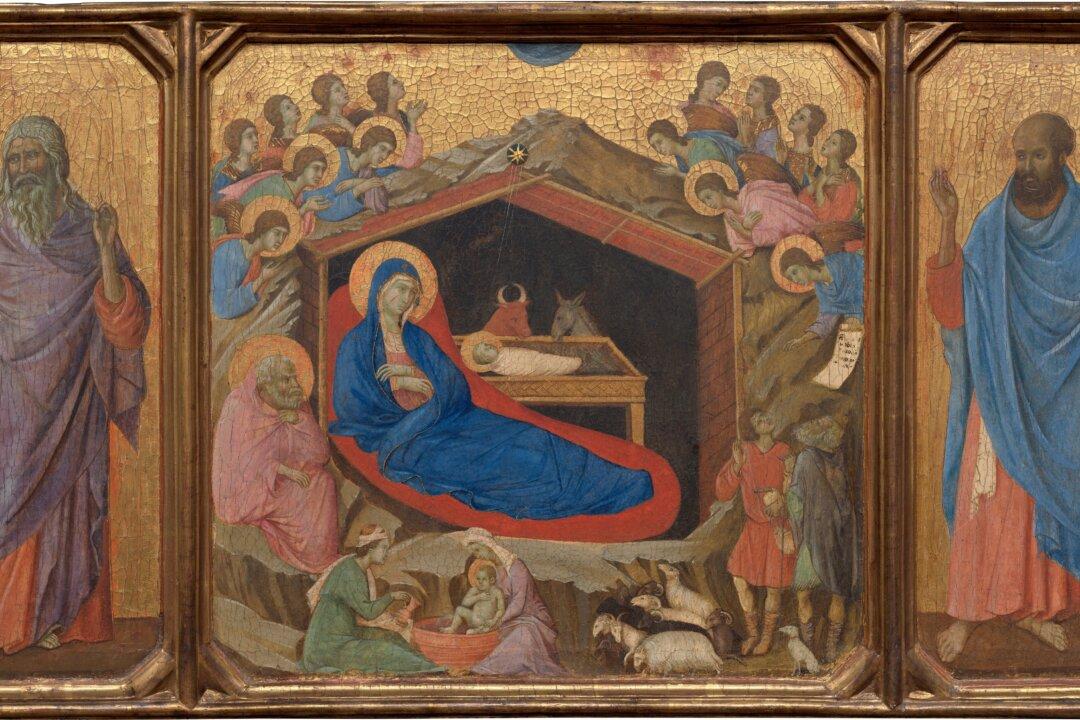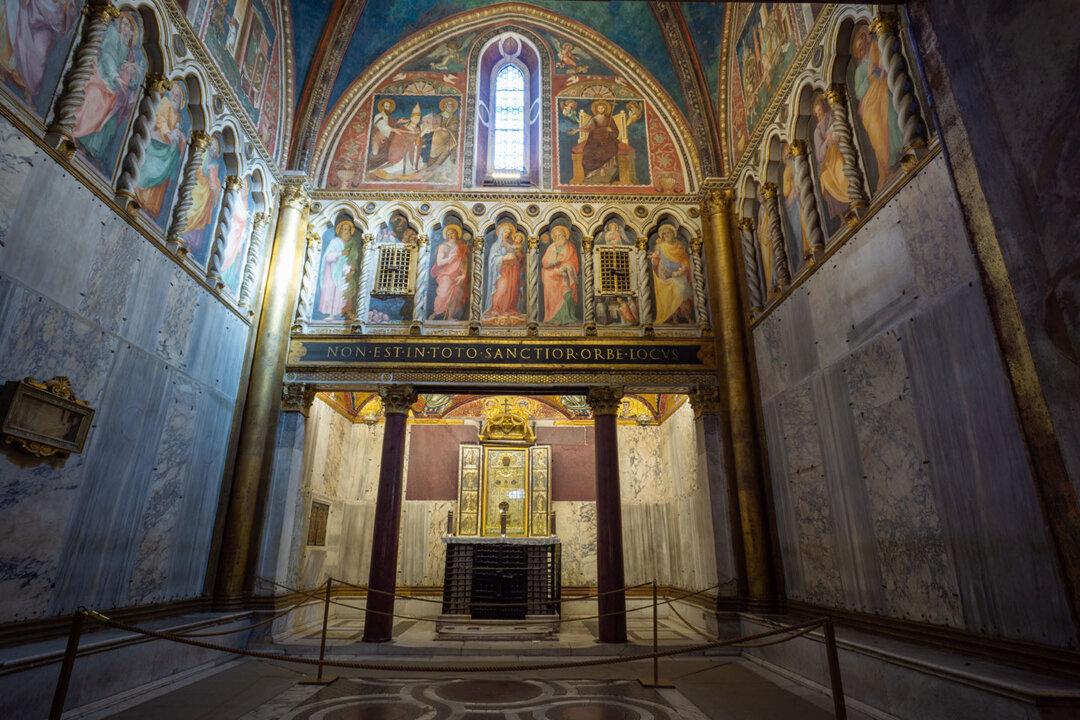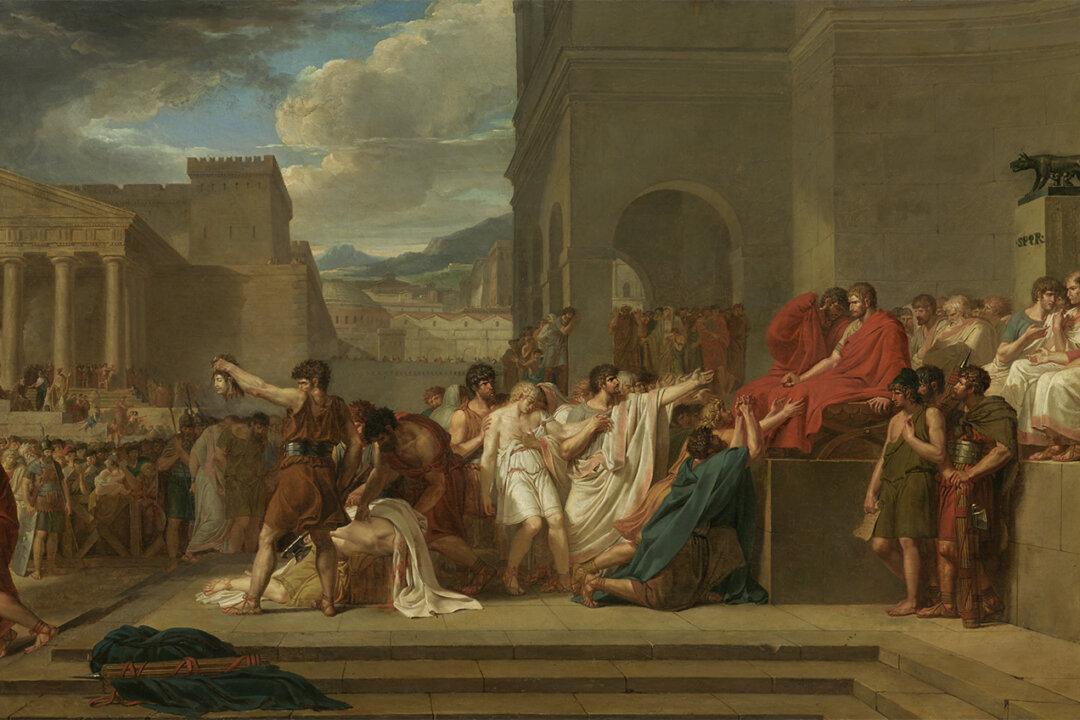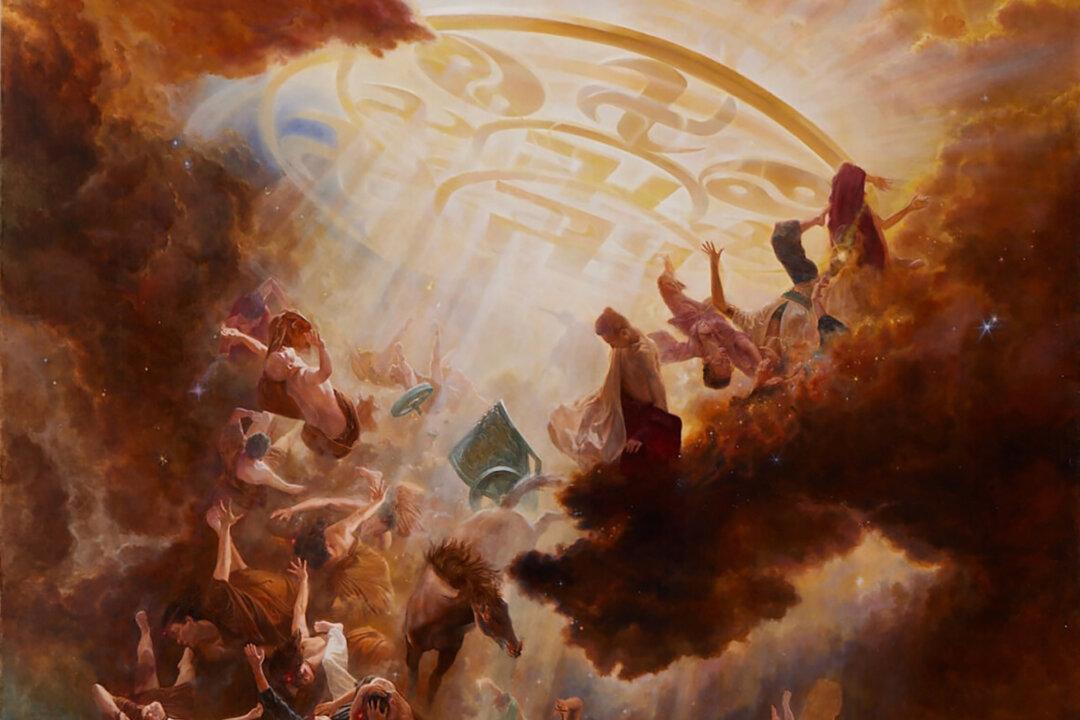Usually, we think of a library as a place filled with just books: bestselling novels, biographies of politicians, maybe the plays of Shakespeare. But when a library has been collecting for a long time, especially when given a wealth of resources, a kind of miracle occurs.
A Letter From Columbus

Among photographic ephemera of the recent past, a few objects from the exhibition chart an especially interesting history of early America. First and foremost is a unique letter by Christopher Columbus.
In 1492, Columbus reached the West Indies, islands in the Caribbean that he mistook for Asia. Marveling at their fertile fields, curious-looking people, and gold mines, he claimed the territory for the Spanish crown and declared his discovery in a letter written on Feb. 25, 1493, to the king of Spain’s treasurer.
Publication in numerous outlets immediately caused a sensation across Europe. The sheet held at the New York Public Library, printed in Barcelona in early April of that year, was the first publicized edition of the text to circulate widely among Spanish readers.
A few hundred copies were issued originally, but this is the only one to survive. It now stands as the sole testament to the great impact of America’s discovery on the European worldview, as well as the crucial role of the printing press (invented just four decades earlier) in spreading that significant piece of news.
Sacred Verses

Among the first English colonists were persecuted Puritans, who separated from the Church of England and sought refuge in northeast America. Their intensely religious life soon called for the making of suitable texts for ritual and educational use. In 1640, the printer Stephen Day of the Massachusetts Bay Colony took the lead in publishing the “Whole Book of Psalms” in the town of Cambridge.
Containing sacred verses sung during the liturgy, this so-called “Bay Psalm Book” was the first volume of text printed in British North America. It bears witness to the importance of reading and learning in the Puritan way of life. Indeed, to bring a complete printing press operation from England to the nascent colonies was no easy feat.
Though filled with typographical errors and of subpar workmanship, the “Bay Psalm Book” went through several editions and remained in use for well over a century. An estimated 1,700 copies of this first edition were initially printed, but only 11 now survive as treasures of public and private libraries.
Founding Fathers
Of course, the exhibition carries a trove of print material around the American Revolution. From Benjamin Franklin’s annotations about the Stamp Act to George Washington’s handwritten “Farewell Address,” the precious autographs and printed sheets sketch out a heroic moment when great men and great ideas crucially shaped the course of a nation.

A Special Poet
But here, a seemingly small and insignificant booklet must not be overlooked. Published in London three years before the Revolutionary War, the “Poems on Various Subjects, Religious and Moral” (1773) announces its extraordinary author with an engraved portrait: She sits in profile with a hand on her chin, as her pensive pose momentarily suspends her act of writing. This is the poet Phillis Wheatley, a “negro servant to Mr. John Wheatley of Boston, in New England.”
No more, America, in mournful strain Of wrongs, and grievance unredress’d complain, No longer shalt thou dread the iron chain, Which wanton Tyranny with lawless hand Had made, and with it meant t' enslave the land.
Should you, my lord, while you peruse my song, Wonder from whence my love of Freedom sprung, Whence flow these wishes for the common good, By feeling hearts alone best understood, I, young in life, by seeming cruel fate Was snatch‘d from Afric’s fancy’d happy seat: What pangs excruciating must molest, What sorrows labour in my parent’s breast? Steel‘d was that soul and by no misery mov’d That from a father seiz‘d his babe belov’d: Such, such my case. And can I then but pray Others may never feel tyrannic sway?
With the 1773 publication of her “Poems,” Wheatley won wide acclaim among her readers and became the most famous African on both sides of the Atlantic. Her powerful neoclassical verses disproved condescending theories of the time about the inferiority of the African intellect, and she was praised and honored by many of the Founding Fathers of the United States, including Franklin and Washington.These are but a sampling of the great stories these rare documents tell. If you happen to be in New York, be sure not to miss this fabulous exhibition. But even at your local libraries or old bookstores, know that some unnoticed treasure may be lying in an obscure corner, beyond the latest bestseller, waiting for you to discover.






